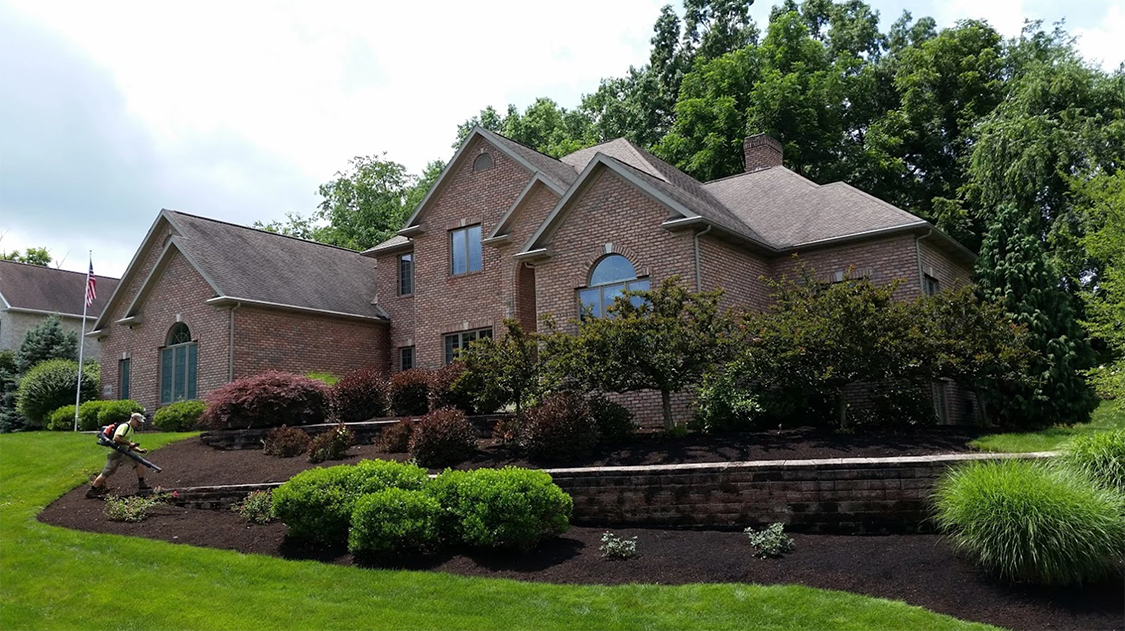Understanding the importance of a retaining wall
Retaining walls are often in places where you need extra support. To prevent the earth from moving downhill with erosion. The function of a retaining wall is to basically to battle gravity. Retaining walls do all this while also providing effective flood control in the form of water drainage to prevent flooding.
The Four Basic Types of Retaining Walls
- Gravity Walls
- Cantilevered Walls
- Reinforced concrete and work on the principles of leverage. It has a thinner stem and utilizes the weight of the backfill soil to provide most of the resistance to sliding.
- Sheet Piling Walls
- Resist soil and water pressures by functioning as a beam spanning vertically between points of support.
- Anchored Walls
- They are suitable for loose soil over rocks. When Building a high wall, this is the best structure system. Cable rods are driven sideways into the earth. Then the ends are filled with concrete to provide an anchor.
Since most walls are impermeable; which means that the water cannot pass through the wall. An efficient drainage system is very important. When drainage goes unaddressed hydrostatic pressure will build up behind the wall and cause damage like bulging or cracking. Bulging is when the wall starts to swell outwards until it busts, it becomes quite physically noticeable. It is also possible to have a small landslide in the area where the retaining wall is located if the damage goes unnoticed and unrepaired.
Property Value
When you are investing in your property’s landscape, it potentially can add up to 15-20 percent to the value of a home. While many home improvement projects require constant upkeep. They are a low maintenance option. Not only does a retaining wall add structural integrity to a yard that is sloped. With the right one, can add significant aesthetic value to the property.
